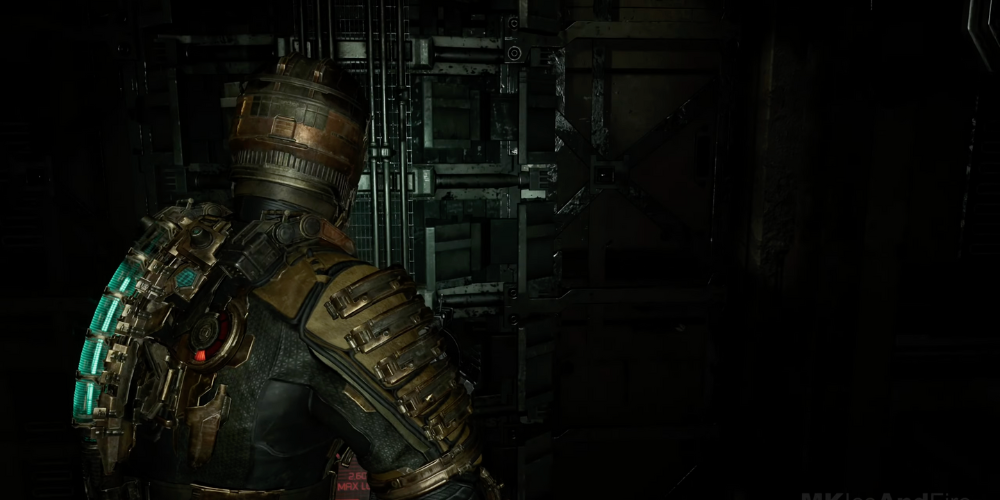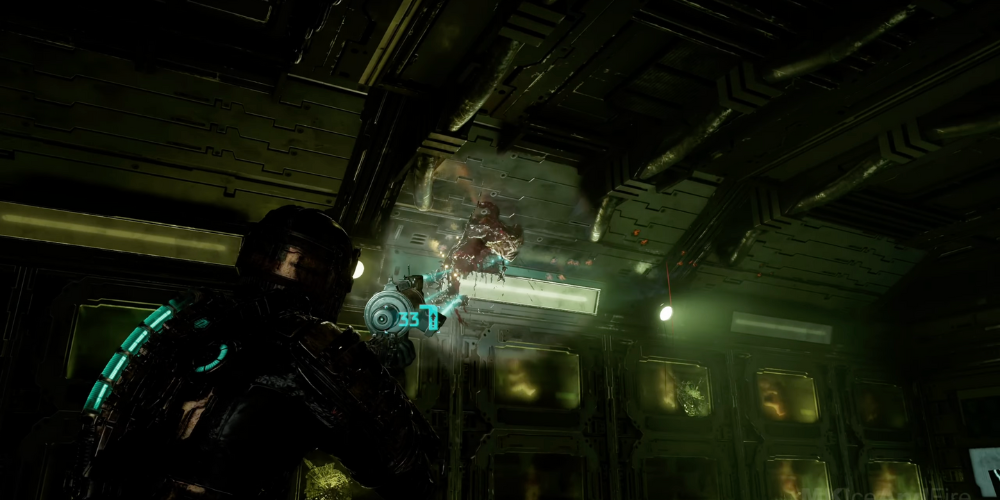Dissecting Dead Space: A Return to Horror’s Roots

In the realm of horror gaming, few titles have managed to encapsulate the pure essence of fear, innovation, and atmospheric tension quite like Dead Space. When the game first arrived on the scene, it not only revitalized the horror genre but did so by paying homage to the roots of horror while simultaneously pushing the boundaries of what gamers expected from survival horror experiences. This article aims to dissect the numerous aspects that make Dead Space a paragon of horror gaming, examining its intricate narrative, gameplay mechanics, atmospheric prowess, and the legacy it has cemented in the annals of video game history.
A Glimpse into the Abyss: The Story and Setting of Dead Space
At its core, Dead Space is a chilling narrative of isolation, desperation, and the human condition tested to its extremes. Set in the distant future aboard the derelict mining ship, the USG Ishimura, players assume the role of Isaac Clarke, an engineer thrown into a nightmarish scenario far beyond the bounds of any standard repair mission. The Ishimura, once a beacon of man's technological prowess, becomes a claustrophobic tomb infested with grotesque reanimations known colloquially as "Necromorphs" — the former crew, turned into horrifying monstrosities by an alien contagion. This premise lays the foundation for a harrowing tale of survival, unraveling mysteries, and the lengths one will go to save those they care about.
Revolutionizing Fear: Gameplay and Mechanics

The gameplay of Dead Space is a masterclass in tension-building and player immersion. Through a blend of tight corridor-based combat, zero-gravity puzzles, and resource scarcity, the game keeps its audience consistently on their toes. One of its most lauded features was the strategic dismemberment combat mechanic. Unlike traditional shooters, where the aim is to target the head or torso, Dead Space requires players to tactically remove the limbs of Necromorphs to effectively incapacitate them. This approach not only added a layer of strategy to encounters but also escalated the horror by forcing players into close, uncomfortable quarters with their nightmarish foes.
Furthermore, the game eschews the use of a traditional HUD. Instead, all necessary information — from health to ammunition — is integrated into the game environment and Isaac's suit, the RIG. This design choice not only boosts immersion but amplifies the sense of isolation and vulnerability, drawing players deeper into the game's atmospheric horror.
Creating an Atmosphere of Dread: Sound and Visual Design
The atmospheric tension within Dead Space is, in large part, a product of its exceptional sound and visual design. The dimly lit corridors of the Ishimura, filled with the ambient noises of groaning metal, distant thumps, and the eerie silence of space, create a setting ripe for psychological horror. Sound cues are masterfully used not just to alarm but to mislead, cultivating an environment where the anticipation of a threat often equals the terror of an actual encounter.

Visually, Dead Space crafts a world that is both futuristic and hauntingly derelict. The attention to detail in the claustrophobic, blood-stained corridors, coupled with the realistic physics and dismemberment effects, renders each moment in the game intensely visceral. Moreover, the use of shadow and light not only elegantly navigates players through the ship but also plays tricks on their minds, making them question every movement seen from the corner of their eye.
Legacy and Influence: Dead Space’s Impact on Horror Gaming
Dead Space has left an indelible mark on the horror genre, proving that games could still offer unique, terrifying experiences amidst a sea of action-oriented titles. It showed that horror games could preserve the tension and fear inherent to the genre while incorporating compelling narratives, deep lore, and innovative gameplay mechanics. Its influence can be seen in numerous titles that followed, which have borrowed aspects of its atmosphere, storytelling, and even its approach to combat and exploration.
Further, the game revitalized interest in space horror, a sub-genre that had seen less prominence since the days of System Shock 2. With its thoughtful integration of science fiction and horror elements, it reminded players of the terror that lurks in the vast, unknowable expanse of space — a setting fraught with isolation and vulnerability.
Dead Space: Breathing New Life into a Genre

In retrospect, Dead Space can be seen as a watershed moment for horror games. It serves as a testament to the genre's potential for storytelling, immersive gameplay, and the ability to evoke a deep-seated sense of fear and dread. By returning to the roots of horror — emphasizing atmosphere, player vulnerability, and a compelling narrative — while simultaneously breaking new ground, Dead Space has ensured its place in the pantheon of horror gaming. As we look forward, it's clear that its legacy will continue to influence and inspire, reminding us of the power of video games to explore the corners of the human psyche.
Dead Space's journey from a novel concept to a horror gaming cornerstone reflects the burgeoning creativity within the industry and the enduring allure of the horror genre. It challenges creators and players alike to confront their fears, to immerse themselves in narratives that are as compelling as they are terrifying, and to appreciate the intricate balance of storytelling and gameplay mechanics that make titles like Dead Space unforgettable experiences.







